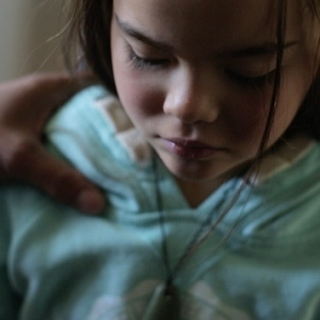FEATURED STORIES
Case Studies & Initiative Journeys
Case Studies described here are real examples of how an organisation has used an approach in Aotearoa New Zealand. Contact the featured organisation if you want to find out more. Please contact us to find out if there is a case study you think might be good to profile on this site.
Understand attitudes to prevent sexual violence
Evaluative Approach
Surveys
Organisation
Te Ora Hou Te Tairāwhiti
Location
Tairāwhiti

Contact Information
Te Ora Hou Website
Overview
A locally designed, produced and distributed campaign to prevent sexual violence succeeded, based on the results of a survey of Gisborne residents.
The survey of 100 residents asked them to say how they had changed their behaviour, attitudes and beliefs, having heard or seen campaign messages on local radio and social media.
How a survey was used
Te Ora Hou Te Tairāwhiti commissioned research in Gisborne to discover local parents’ attitudes and what they did to protect their children from sexual violence. The results from dozens of interviews and focus groups helped design a campaign in multiple media, aimed at local caregivers.
They developed radio advertisements, a website, social media resources to run over 6 months, and a provocative video. The campaign reinforced that knowing where children are, who they are with and how to talk to them about keeping safe were important. They reached nearly 20,000 Facebook users and gained more than 7,000 video views – mostly by Gisborne residents.

The campaign developers surveyed 100 random residents in the street. They found that residents identified changes in their behaviour, beliefs and attitudes because of the campaign.
Just over a quarter of respondents had seen the video online and 38% recalled the radio ads. One-in-five had seen the campaign’s Facebook page and 15% had visited the campaign website.
Fifty four per cent remembered seeing or hearing the campaign. For 75% of that group, the campaign affirmed their existing attitudes, beliefs and behaviours.
A quarter of those who had seen or heard the campaign material said it motivated them to raise the issues or a concerning situation with someone. The same number said they took action, such as offering support to others or checking on a vulnerable child as a result of the campaign.

Fifteen per cent said the campaign changed their attitudes or beliefs about sexual abuse and neglect of children.
Many respondents felt ‘angry’, ‘sad’, ‘sick’ and ‘afraid’ for the children in these situations after watching the video and hearing the ads. Many had personal experiences, while others felt more determined to protect their children and others.
The video prompted a few who hadn’t seen the other campaign material to seek help from local support services.
Project manager Manu Caddie says the survey sample was statistically significant so it should be considered a snapshot of the wider population.
He says more than 17 thousand local adults recalled having seen the messages, suggesting they may have prompted more than 4 thousand people to intervene to prevent sexual abuse.
Te Ora Hou commissioned an economist in 2012 to estimate the monetary value of protecting children: $20,000 per child. That’s on top of the family being spared the trauma.
So even if only one per cent of the 4,000 people who did something as a result of the campaign actually prevented an incident of sexual violence or physical abuse, that’s a potential saving of $800,000,” Manu Caddie says.
The Ministry of Social Development provided $38,000 for the initial project conditional upon it being made available nationally if it proved effective.
“We think MSD has got real value for money,” Manu says.
He says part of the motivation for the campaign was to reverse the paucity of information and social marketing aimed at parents. Another motivation was to work for a safer, healthier community with fewer problems later in life.
